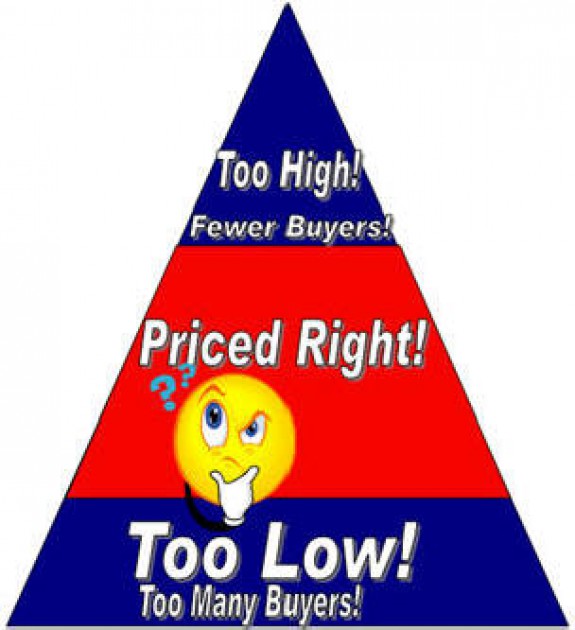Pricing Strategies for the Dye Sublimation Operator

How do you go about deciding pricing?
Upselling
Always up sell. A customer almost never tells you how much money they are really willing to spend. Find out what product and price range they are comfortable in and then bump it up to the next level. Sometimes you can go way up, especially if you can justify it in some way. “This one will last longer” or “The wood on this is so much nicer” or “adding the extra pics will turn this from a nice gift to a family heirloom”.
Value Add
Low Ball the Competition
1. I try not to do this. I try to refuse to sell by price. I sell by quality and on-time delivery. That’s all I have to compete with. I can’t usually compete with Wal-Mart or a Screen printer anyway. If I am competing with another sublimator, I think that if I can’t beat his quality, he deserves the job. If he is doing an equal job and wants to sell with little or no margin, he will eventually go out of business so let him go.
2. The problem comes when it is a regular customer that is comparing prices. Sometimes an explanation is enough but sometimes, you might choose to meet the price just because he is a good customer.
3. Remember Rule #1: Make money. This ain’t no hobby.
4. What drives people to low ball their prices is fear: They are afraid of losing a job – even a bad job. They are afraid their products aren’t good enough to merit the price.
They are afraid if they lose one customer, it will lead to another and another and they will go out of business. These are all unreasonable fears. Replace fear with confidence in your product and yourself. People don’t want cheap (at least most don’t). They want quality and personal service and on-time delivery, etc. They want to work with a “friend”, not a salesman. They want you to remember their name and have some kind of relationship with the owner.
Pricing is hard, no doubt about it. Most people, by nature, think the lower the price, the more they will sell and in some cases, that may be true but here, it usually isn’t. Think quality, personal care. Build a relationship. Shake their hand. Tell them a funny story. Laugh with them. Drop them a note in the mail.
Give them something extra when they pick up their order and most important of all:
When something is wrong and you make a mistake on their product, fix it – fix it fast and fix it free.
Deliver it to their home or business to save them a trip. If it is their mistake, things get a bit tricky but if at all possible, if the loss isn’t too great, I treat all mistakes the same – even if I did everything right and the mistake is clearly theirs.
I fix it fast and I fix it free. The good PR is usually worth far more than the cost of the product, especially if I priced the product correctly in the first place. With a 300% profit margin, I can easily replace the product and still make a reasonable product.
Want to beat Wal-Mart or the guy down the street? You can’t do it with price – it just never works. You can do it with quality and personality. Just do a better job and you will win most of the business.
